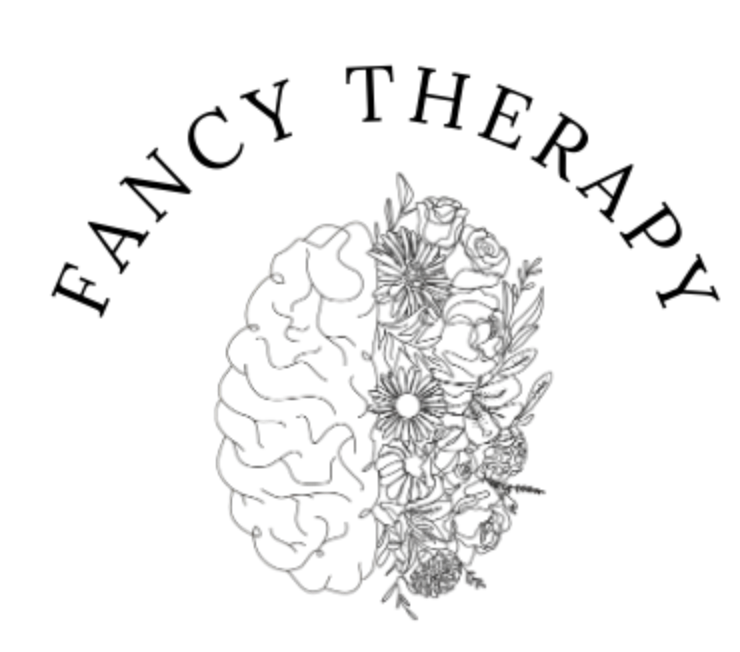Raising Awareness of Human Trafficking in Canada and the Risk for Children
Several years ago, I was presented with a career opportunity as the intake coordinator for a mobile health clinic which would aid in the prevention of Human trafficking. At the time, I believed that I had sound knowledge of the complexities and issues of Human trafficking in Canada, however, after taking several trainings and learning from stories shared by survivors, I realized that what I knew was the proverbial tip of the iceberg. Human trafficking, particularly of children, is a grave violation of human rights and a global issue and that which plays a significant role in Canada. Despite its reputation as a country with strong human rights protections, Canada is not immune to this heinous crime. The trafficking of children for sexual exploitation, forced labor, and other forms of servitude continues to be a critical concern. The reality of child trafficking involves the recruitment, transportation, and exploitation of minors for various purposes, including sexual exploitation and forced labor. Here in Canada, the statistics show that most victims of human trafficking are women and girls under the age of 25, with almost one out of ten victims being under the age of 18. Almost 50% of these women and girls are Indigenous (GoC, Statistics Canada, 2022). Human trafficking is a pervasive issue here in Canada, but in recent years, has been gaining a greater understanding with regards to the depths of the hidden concerns of this issue. Many victims live in fear of retaliation of their traffickers. They are held against their will, threatened, isolated from family or friends, and have their identification stolen from them. They are subjected to ongoing physical and emotional abuse. There is little chance for them to leave their situation and leaving carries significant risk. The importance of education and awareness is critical in the prevention of human trafficking. Ontario has implemented a comprehensive anti-human trafficking strategy for the period of 2020-2025. This strategy is designed to combat human trafficking and child sexual exploitation across the province. The government is investing 307 million dollars over five years towards anti-human trafficking supports. The strategy will include training and educational campaigns to raise awareness, support for survivors and resources for law enforcement to appropriately support survivors (Ontario’s Anti-human Trafficking Strategy 2020-2025, n.d.). Early intervention is key. Recognizing the signs of human trafficking is crucial for prevention and intervention. Watch for controlled movements, the escorting to and from different locations. Lack of personal documentation as it has been taken by the traffickers. Restricted communication or no communication at all with family or friends. Sudden changes in behaviours or inappropriate dress. Financial control or physical signs, such as bruising, marks, or branding tattoos. Human trafficking can cause severe trauma and requires intensive, specialized care. If you or someone you know is being trafficked, there are supports available. If there is immediate danger, call 911. Here are some additional resources for those who may need support. https://www.ontario.ca/page/ontarios-anti-human-trafficking-strategy-2020-2025




